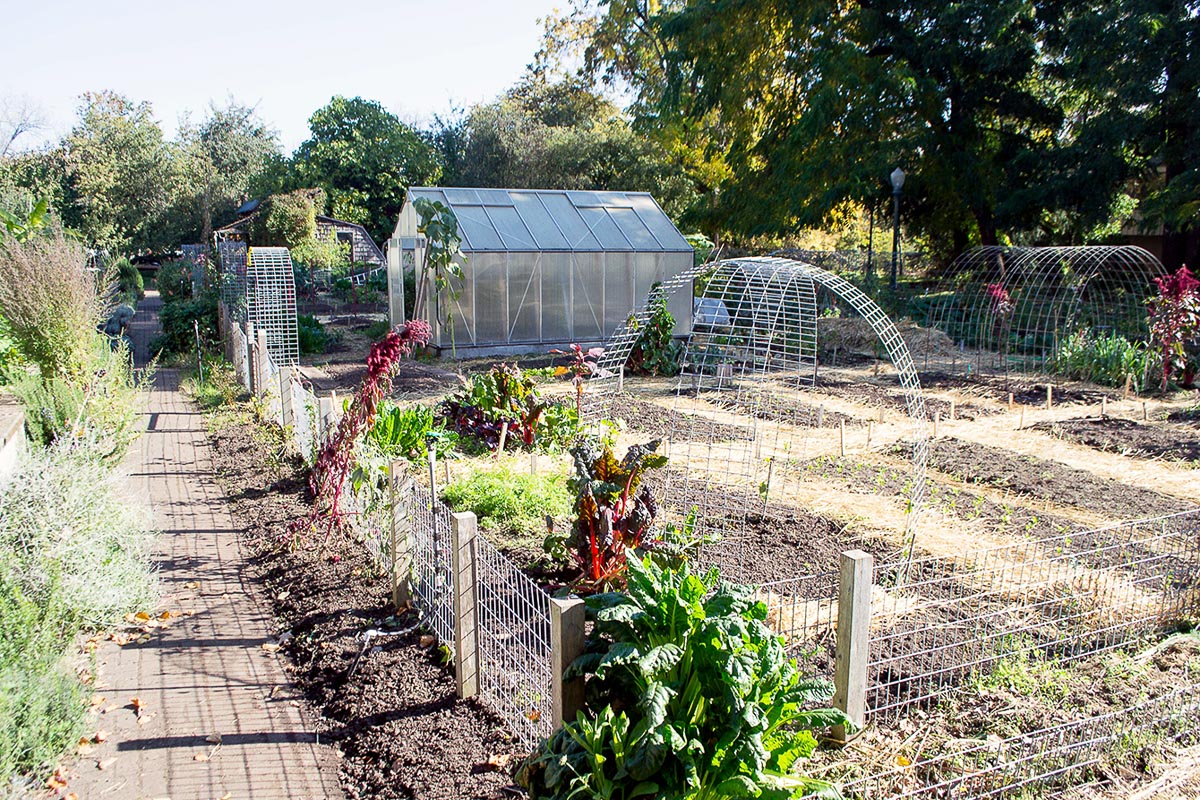Excitement About City Blooming
Excitement About City Blooming
Blog Article
The Ultimate Guide To City Blooming
Table of ContentsHow City Blooming can Save You Time, Stress, and Money.The Main Principles Of City Blooming 9 Easy Facts About City Blooming Shown9 Easy Facts About City Blooming ShownFascination About City Blooming
Fascinated in expanding food for sale in the City of Chicago? Below is a list of frequently asked questions pertaining to the guidelines and regulations that farmers need to think about when intending an urban farming job.
The zoning amendment does not customize any kind of various other codes taking care of composting, building licenses, acquiring or renting City owned home, company licenses or environmental contamination. There are existing codes that manage these concerns and they remain completely result and might apply to your job. Area gardens are generally had or taken care of by public entities, civic organizations or community-based companies and kept by volunteers.
Urban ranches grow food that is meant to be offered, either on a not-for-profit or for-profit basis. As a result of their business objective, urban farms require a service license. Yes. A community garden is permitted to offer surplus generate that was grown on website if the sales are accessory or subordinate to the garden's main function explained over.
City Blooming - Questions
Composting is enabled but just for plant product that is produced and used on website. The amount of compost product can not go beyond 25 cubic lawns at any type of given time according to the criteria in 7-28-715 of the City's Municipal Code. Yes. Since the dirt at many new yard sites requires changing, compost, dirt, wood chips, or various other products can be acquired to create or improve the expanding space - sustainability.

If a building authorization is called for then the hoophouse will be considered an accessory building. You can figure out even more regarding the structure authorization needs by calling the Division of Structures. The 25,000-square-foot size restriction is intended to stop a solitary area garden from dominating a given block or diminishing the block's existing household or industrial character.
The restriction does not use to gardens located in Public Open Space (POS) districts. Can there be more than one neighborhood yard that is 25,000 square feet on a single block? Yes. The dimension restriction puts on private gardens, not to specific blocks. No. Secure fencing is not needed, nevertheless, yards that have big parking lot may be required to install fencing or various other landscaping features.
Some Ideas on City Blooming You Should Know
B1 & B2 districts need that all commercial use tasks be conducted inside. R areas limit business task. The policies show the objective and intent of the Zoning Code. Is fencing needed for urban farms? Yes. Fences may be required, in addition to landscaping and screening, for particular parking lot and outdoor job or storage see here now space areas depending on location and the particular activity happening.
Yes. Urban ranches call for structure permits and zoning approvals before building and construction. Various other forms of city evaluation may be called for relying on specific frameworks, tasks, size, landscaping, licensing, public heath and stormwater management problems. Several of these needs are identified in the job style or allowing process, however, the applicant may be liable to individually identify particular licenses or permits that may be required.
The Division of Company Affairs and Customer Security can help determine the specific kind of business permit that's required. Off street vehicle parking is required for the majority of business projects in Chicago. The required number of car park rooms is based on the number of workers working on website and not the square video footage of the expanding area.
Get This Report on City Blooming

A metropolitan farm can offer garden compost product created on site, however, the operation must abide with the policies in 7-28-715 of the Chicago Municipal Code. Aquaponic systems are permitted inside your home on city farms in many zoning areas.
Up to 5 hives or nests of honey might be maintained as an accessory use. Beekeepers should sign up with the Illinois Division of Agriculture. For more info about the suggested zoning change you may speak to the Department of Real Estate and Economic Growth, Bureau of Preparation and Zoning at 312.744.8563.
Farming in cities and city locations A city ranch in Chicago. Urban agriculture refers to different practices of cultivating. https://www.tripadvisor.in/Profile/cityblooming, handling, and dispersing food in metropolitan locations. The term likewise relates to the area tasks of pet husbandry, aquaculture, beekeeping, and gardening in a city context. Urban farming is differentiated from peri-urban farming, which takes area in rural areas at the side of suburbs.
How City Blooming can Save You Time, Stress, and Money.
, that seek to create social networks started on a shared values of nature and community holism. These networks can create by means of official institutional assistance, becoming integrated into regional town preparation as a "change community" activity for lasting city advancement.
In either case, the extra straight access to fresh veggie, fruit, and meat products that may be understood via city agriculture can improve food safety and food security while reducing food miles, bring about reduced greenhouse gas discharges, thereby contributing to environment modification reduction. Some of the initial proof of city agriculture originates from Mesopotamia.
Report this page